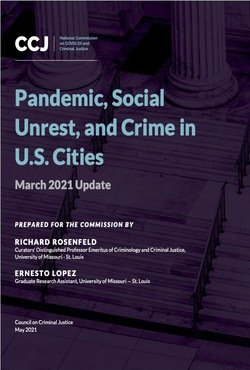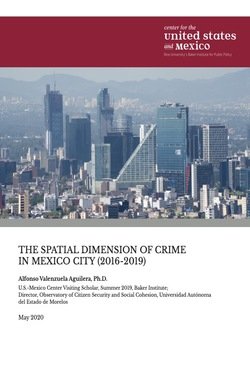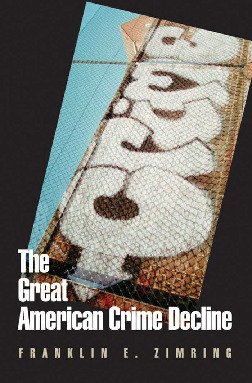By Harsha Moraliyage; Vidura Sumanasena; Daswin De Silva; Rashmika Nawaratne; Lina Sun; Damminda Alahakoon
The dark web has been confronted with a significant increase in the number and variety of onion services of illegitimate and criminal intent. Anonymity, encryption, and the technical complexity of the Tor network are key challenges in detecting, disabling, and regulating such services. Instead of tracking an operational location, cyber threat intelligence can become more proactive by utilizing recent advances in Artificial Intelligence (AI) to detect and classify onion services based on the content, as well as provide an interpretation of the classification outcome. In this paper, we propose a novel multimodal classification approach based on explainable deep learning that classifies onion services based on the image and text content of each site. A Convolutional Neural Network with Gradient-weighted Class Activation Mapping (Grad-CAM) and a pre-trained word embedding with Bahdanau additive attention are the core capabilities of this approach that classify and contextualize the representative features of an onion service. We demonstrate the superior classification accuracy of this approach as well as the role of explainability in decision-making that collectively enables proactive cyber threat intelligence in the dark web.
IEEE Access, vol. 10, pp. 56044-56056, 2022,





















